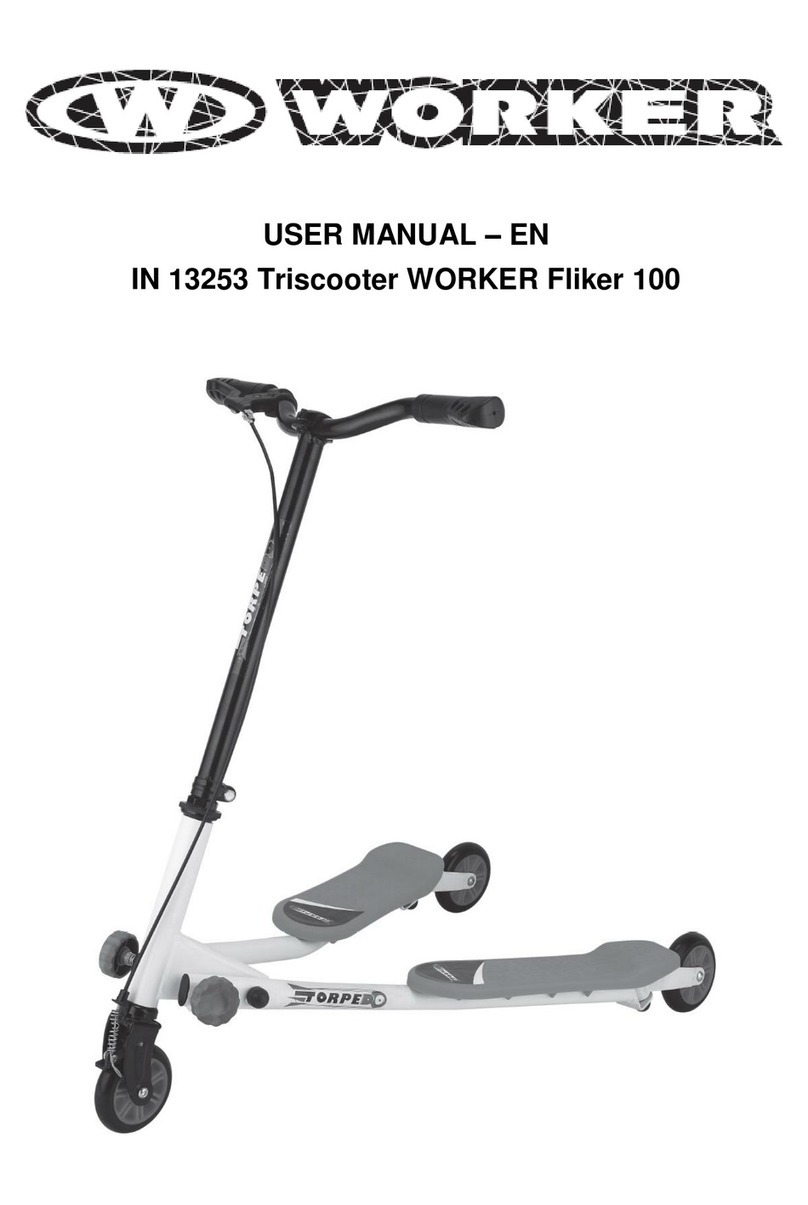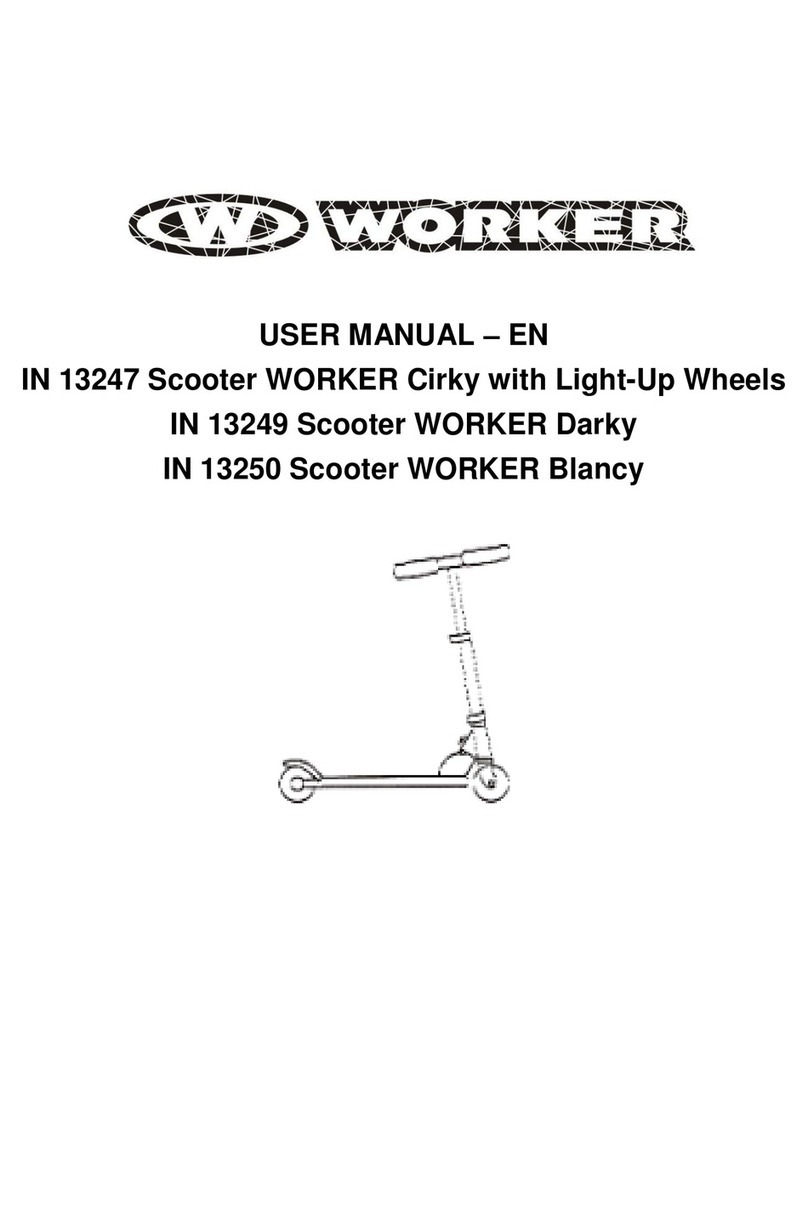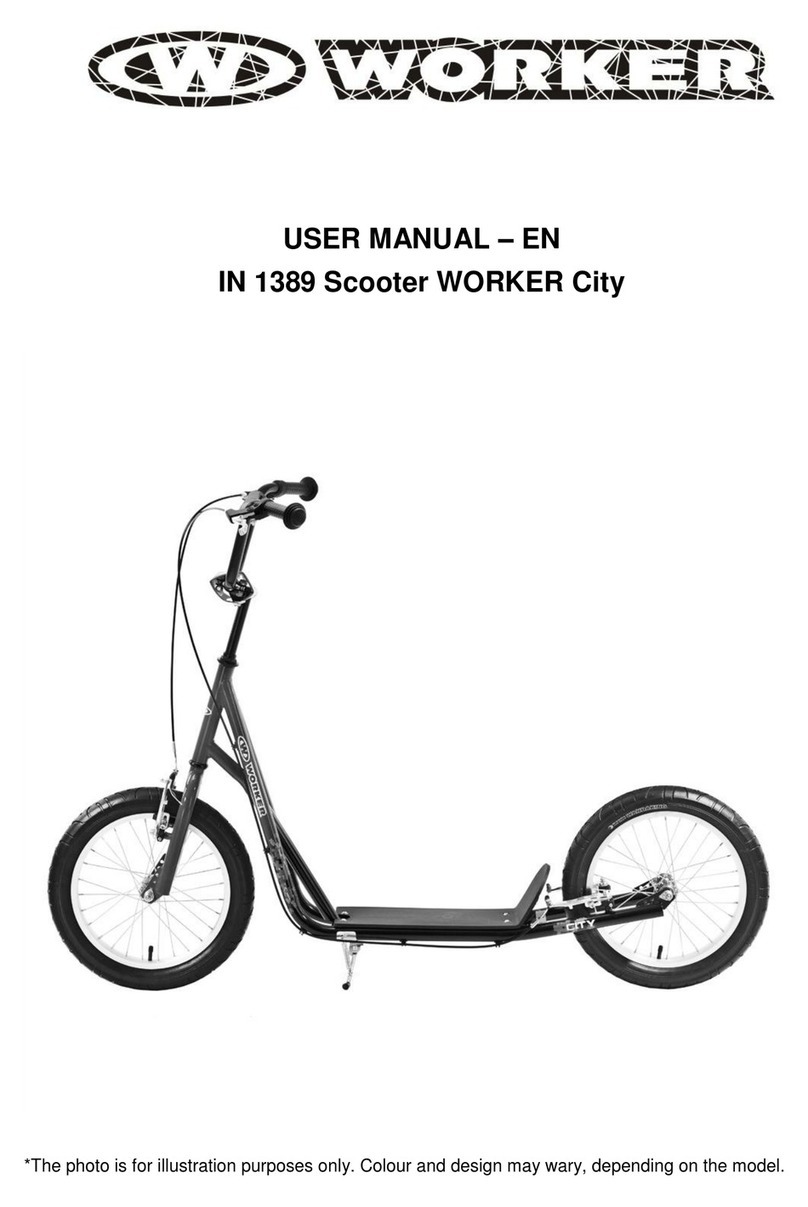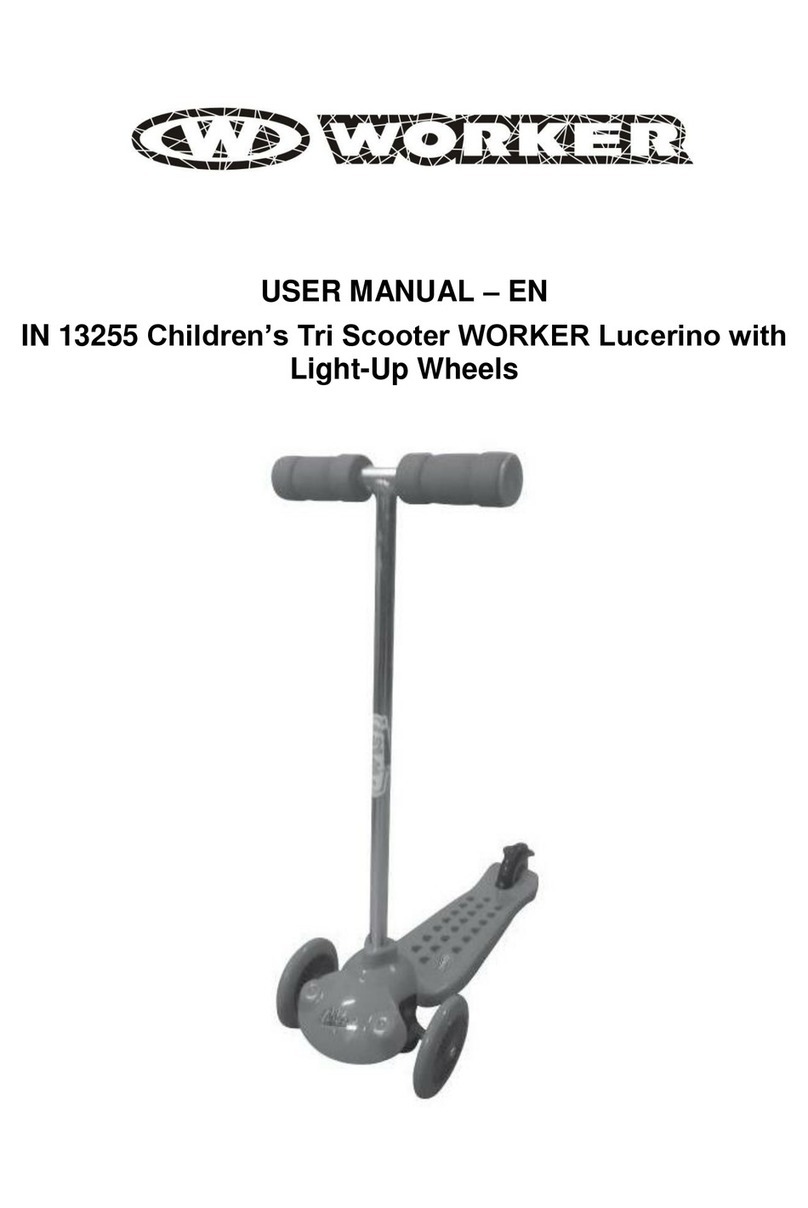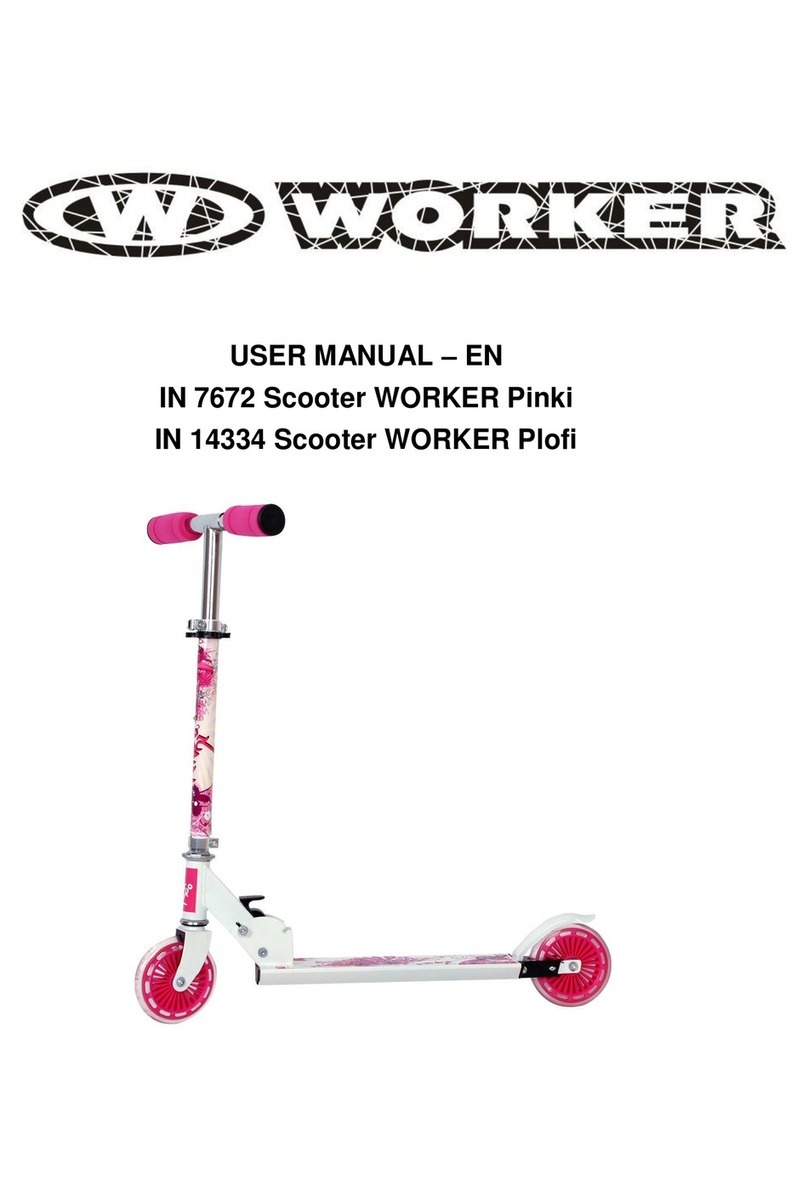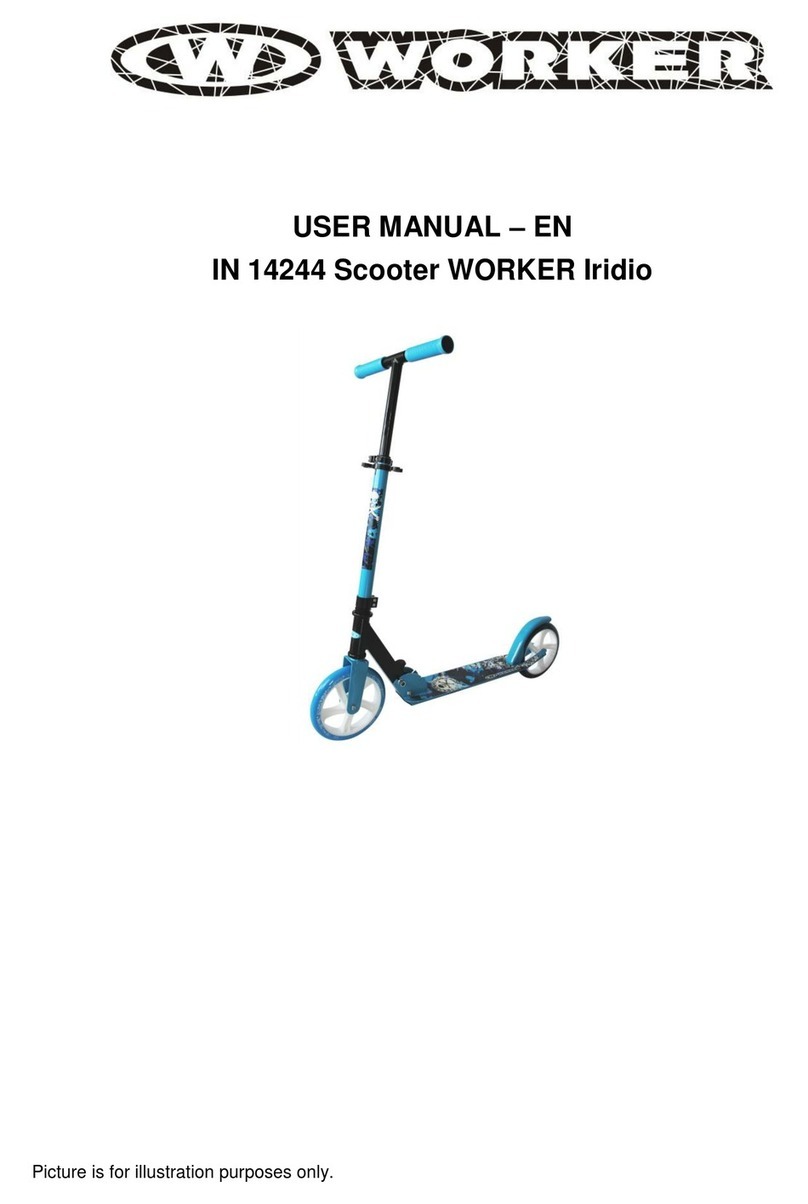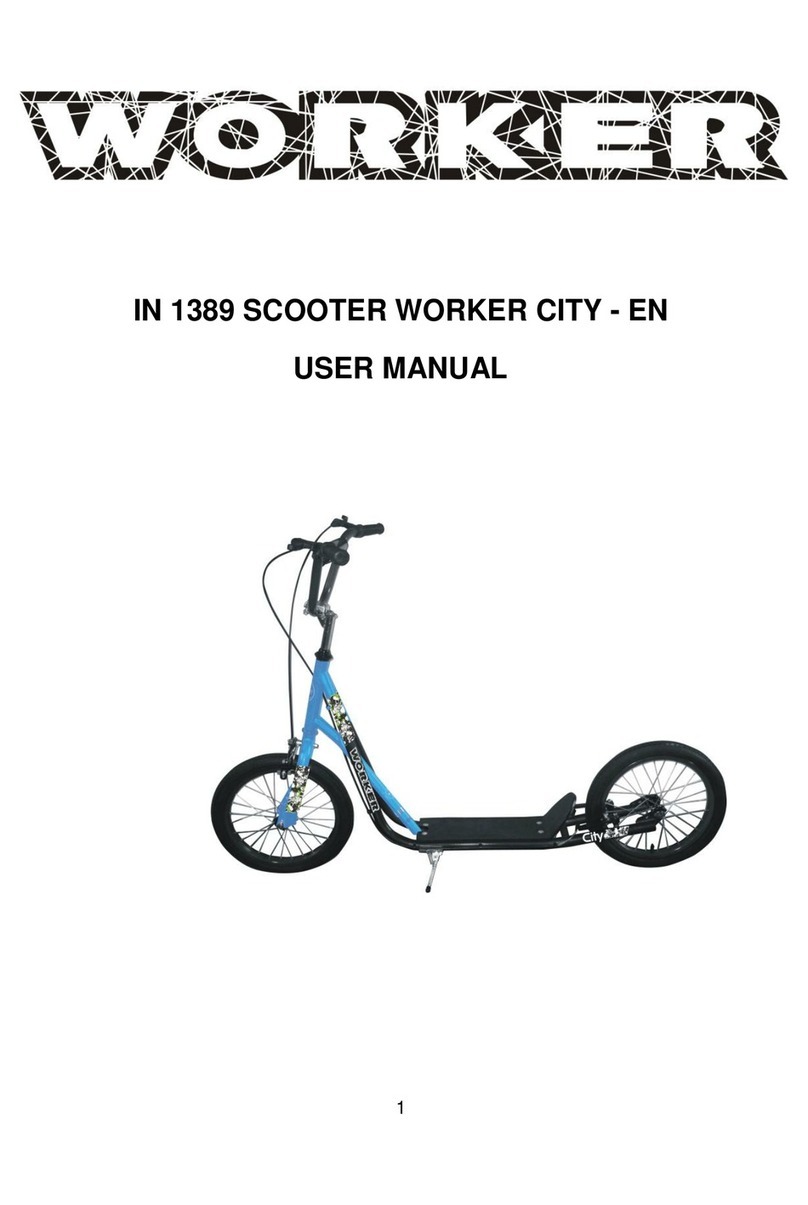8
Self-locking nuts or other self-locking accessories lose their efficiency over time. After that, it is
necessary to replace them.
TERMS AND CONDITIONS OF WARRANTY, WARRANTY CLAIMS
General Conditions of Warranty and Definition of Terms
All Warranty Conditions stated hereunder determine Warranty Coverage and Warranty Claim
Procedure. Conditions of Warranty and Warranty Claims are governed by Act No. 40/1964 Coll. Civil
Code, Act No. 513/1991 Coll., Commercial Code, and Act No. 634/1992 Coll., Consumer Protection
Act, as amended, also in cases that are not specified by these Warranty rules.
The seller is SEVEN SPORT s.r.o. with its registered office in Borivojova Street 35/878, Prague
13000, Company Registration Number: 26847264, registered in the Trade Register at Regional Court
in Prague, Section C, Insert No. 116888.
According to valid legal regulations it depends whether the Buyer is the End Customer or not.
“The Buyer who is the End Customer” or simply the “End Customer” is the legal entity that does not
conclude and execute the Contract in order to run or promote his own trade or business activities.
“The Buyer who is not the End Customer” is a Businessman that buys Goods or uses services for the
purpose of using the Goods or services for his own business activities. The Buyer conforms to the
General Purchase Agreement and business conditions to the extent specified in the Commercial
Code.
These Conditions of Warranty and Warranty Claims are an integral part of every Purchase Agreement
made between the Seller and the Buyer. All Warranty Conditions are valid and binding, unless
otherwise specified in the Purchase Agreement, in the Amendment to this Contract or in another
written agreement.
Warranty Conditions
Warranty Period
The Seller provides the Buyer a 24 months Warranty for Goods Quality, unless otherwise specified in
the Certificate of Warranty, Invoice, Bill of Delivery or other documents related to the Goods. The legal
warranty period provided to the Consumer is not affected.
By the Warranty for Goods Quality, the Seller guarantees that the delivered Goods shall be, for a
certain period of time, suitable for regular or contracted use, and that the Goods shall maintain its
regular or contracted features.
The Warranty does not cover defects resulting from (if applicable):
User’s fault, i.e. product damage caused by unqualified repair work, improper assembly,
insufficient insertion of seat post into frame, insufficient tightening of pedals and cranks
Improper maintenance
Mechanical damages
Regular use (e.g. wearing out of rubber and plastic parts, moving mechanisms, joints etc.)
Unavoidable event, natural disaster
Adjustments made by unqualified person
Improper maintenance, improper placement, damages caused by low or high temperature,
water, inappropriate pressure, shocks, intentional changes in design or construction etc.
Warranty Claim Procedure
The Buyer is obliged to check the Goods delivered by the Seller immediately after taking the
responsibility for the Goods and its damages, i.e. immediately after its delivery. The Buyer must check
the Goods so that he discovers all the defects that can be discovered by such check.
When making a Warranty Claim the Buyer is obliged, on request of the Seller, to prove the purchase
and validity of the claim by the Invoice or Bill of Delivery that includes the product’s serial number, or
